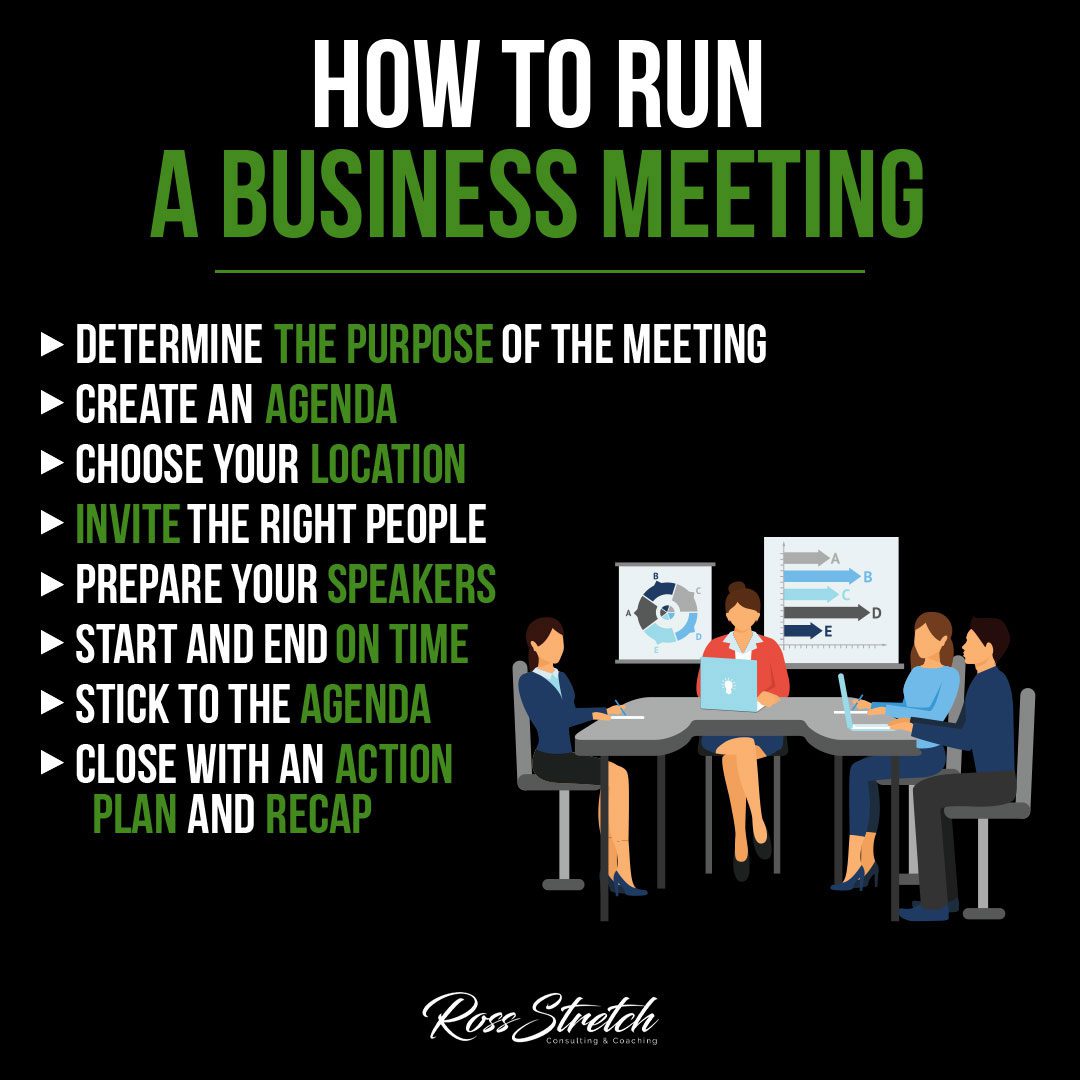In the corporate world, time is money. Efficient business meetings not only save time but also enhance productivity, drive decision-making, and foster collaboration. From determining the meeting’s purpose to closing with an actionable plan, the process demands precision, organization, and commitment.
1. Determining the Purpose of the Meeting
Every meeting should have a clear objective. Whether it’s brainstorming a new product launch, discussing quarterly performance, or resolving a project roadblock, clarity is paramount. Identifying and communicating the meeting’s purpose ahead of time allows attendees to prepare adequately and ensures that the discussion remains on track.
2. Crafting a Detailed Agenda
A well-structured agenda acts as a roadmap for the meeting. It should outline the topics to be covered, allocate time for each segment, and identify the speakers or presenters. Sharing the agenda in advance gives attendees a chance to come prepared with their inputs and questions.
3. Selecting the Perfect Location
The venue plays a subtle yet crucial role in the meeting’s success. Be it a formal conference room, a casual café, or a virtual platform, the location should suit the meeting’s nature, facilitate discussions, and be equipped with necessary amenities.
4. Inviting the Right Stakeholders
A meeting’s effectiveness is also determined by its participants. Inviting the necessary stakeholders ensures that the right decisions are made. It avoids the common pitfall of too many voices leading to indecision and delays.
5. Preparing the Speakers
Speakers or presenters must be given enough time to prepare their materials. This not only includes their presentation slides or documents but also anticipating questions and objections, thus leading to a more structured and effective presentation.
6. Adhering to Time Constraints
Starting and ending on time is a sign of respect for the attendees’ time. It also ensures that all points on the agenda are adequately addressed without rushing through critical issues.
7. Sticking to the Agenda
While tangents and side discussions can occasionally provide valuable insights, it’s essential to steer the conversation back to the main agenda points. This ensures that the meeting achieves its primary objectives.
8. Concluding with a Clear Action Plan
Every productive meeting should end with a defined action plan. Assign tasks, set deadlines, and determine follow-up measures. This clarity propels the team into immediate action post-meeting.
In Summary, running an efficient business meeting is a blend of preparation, effective communication, and adherence to a structured process. By following these guidelines, organizations can maximize their meeting outcomes and drive business success.


